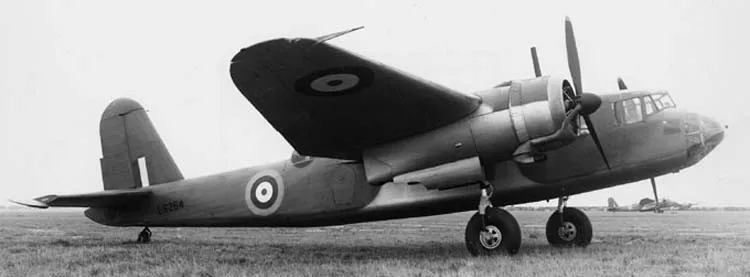Canadian Warplanes 4: Blackburn B.26 Botha
Blackburn B.26 Botha

(RAF Photo)
The Blackburn B.26 Botha was a four-seat reconnaissance and torpedo bomber. It was produced by the British aviation company Blackburn Aircraft at its factories at Brough and Dumbarton. The Botha was developed during the mid 1930s in response to Air Ministry Specification M.15/35, and was ordered straight off the drawing board alongside the competing Bristol Beaufort. On 28 December 1938, the first production aircraft made the type's maiden flight; almost exactly one year later, it enter service with the RAF. During official evaluation testing of the Botha, stability issues were revealed, as well as the fact that it was underpowered. It was only briefly used in frontline operations before being withdrawn to secondary roles during 1941. It continued to be flown in secondary roles, largely being used for training and as a target tug, before the Botha was fully withdrawn during September 1944. (Wikipedia)
Three Bothas carrying RCAF aircrew were lost on operations during the Second World War.

(San Diego Air and Space Museum Archives Photo)

(IWM Photo, CH 1905)
Blackburn Botha Mk. I (Serial No. L8123), coded A, No. 1 (Coastal) Operational Training Unit, running up its engines at RAF Silloth, Cumberland, UK.
The Botha was seriously underpowered and its shortcomings were such that the type was not issued to other squadrons, as had been planned, but continued to serve with No. 608 Squadron, chiefly on patrols over the North Sea, until April 1941, when they were finally withdrawn from operational flying. It was subsequently employed in operational training duties, mainly with Air Navigation and Air Gunnery Schools. It remained active in this role until 1944.

(RAF Photo)
Blackburn Botha Mk. I.

(RAF Photo)
Blackburn Botha Mk. I.





